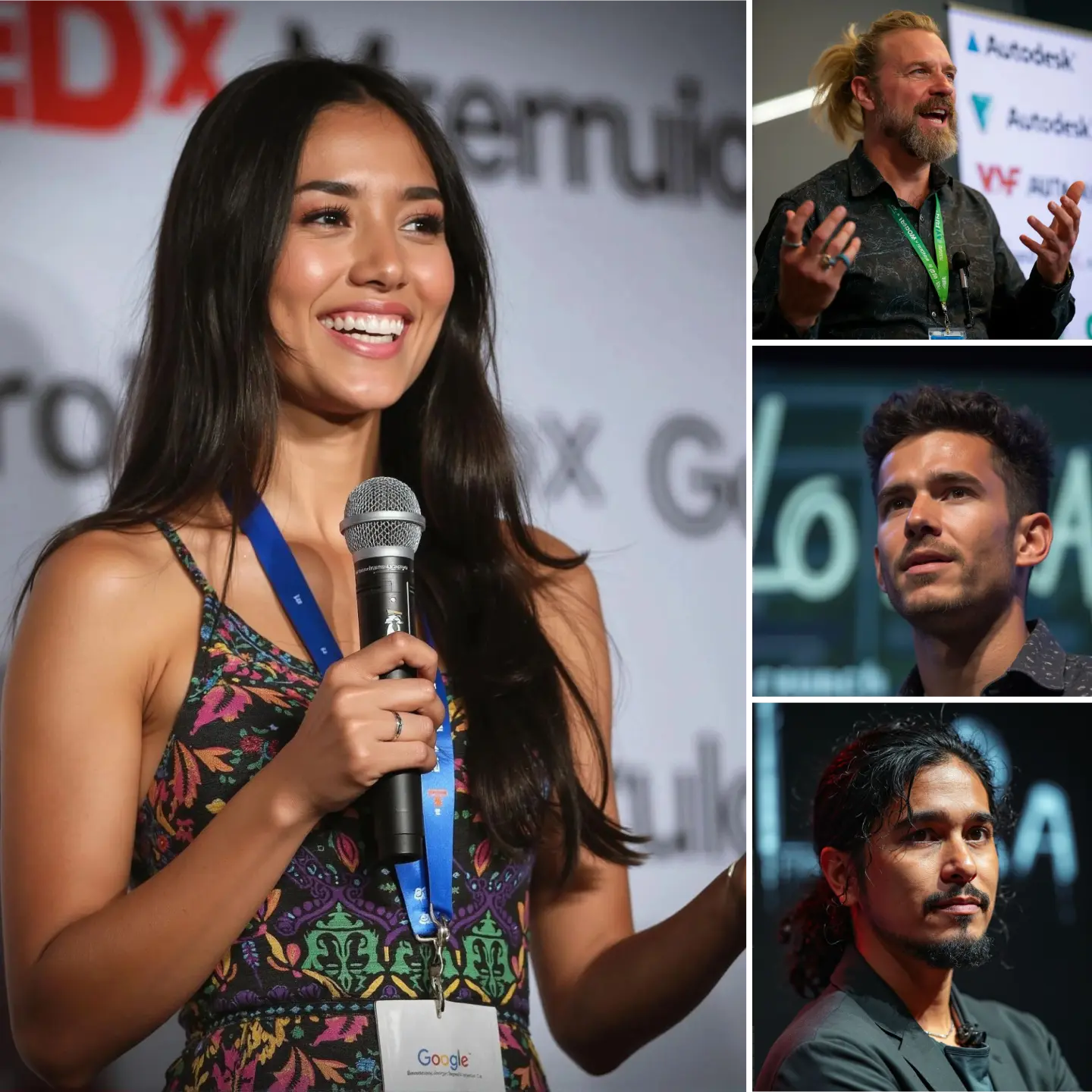ComfyUI Node: Shader Noise KSampler
ShaderNoiseKSampler
Categorysampling
AEmotionStudio (Account age: 450days) Extension
ComfyUI-ShaderNoiseKSampler Latest Updated
2025-06-03 Github Stars
0.04K
How to Install ComfyUI-ShaderNoiseKSampler
Install this extension via the ComfyUI Manager by searching for ComfyUI-ShaderNoiseKSampler- 1. Click the Manager button in the main menu
- 2. Select Custom Nodes Manager button
- 3. Enter ComfyUI-ShaderNoiseKSampler in the search bar
Visit ComfyUI Online for ready-to-use ComfyUI environment
- Free trial available
- 16GB VRAM to 80GB VRAM GPU machines
- 400+ preloaded models/nodes
- Freedom to upload custom models/nodes
- 200+ ready-to-run workflows
- 100% private workspace with up to 200GB storage
- Dedicated Support
Shader Noise KSampler Description
Enhance AI art with controlled noise for texture, depth, and complexity in generated images.
Shader Noise KSampler:
The ShaderNoiseKSampler is a sophisticated node designed to enhance the creative process of AI art generation by introducing controlled noise into the sampling process. This node is particularly beneficial for artists looking to add texture, depth, and complexity to their generated images. By leveraging shader-based noise techniques, it allows for the creation of intricate patterns and effects that can be finely tuned to match the artist's vision. The node supports various shader parameters, enabling users to manipulate aspects such as color schemes, shape masks, and noise intensity. This flexibility makes it a powerful tool for achieving unique visual styles and effects, enhancing the overall aesthetic quality of the output. The ShaderNoiseKSampler is essential for artists who wish to explore the creative potential of noise in their AI-generated artworks, providing a robust framework for experimentation and innovation.
Shader Noise KSampler Input Parameters:
model
The model parameter specifies the AI model to be used for generating the noise-infused samples. It is crucial as it determines the underlying architecture and capabilities that will influence the final output. The choice of model can significantly impact the style and quality of the generated images.
seed
The seed parameter is used to initialize the random number generator, ensuring reproducibility of results. By setting a specific seed, you can achieve consistent outputs across different runs, which is particularly useful for iterative design processes. The seed value can be any integer.
steps
The steps parameter defines the number of iterations the sampler will perform. More steps generally lead to more refined and detailed outputs, but also increase computation time. The minimum value is 1, and there is no strict maximum, though practical limits are imposed by computational resources.
cfg
The cfg parameter, or configuration, adjusts the balance between adhering to the input prompt and the noise introduced by the shader. A higher value makes the output more faithful to the prompt, while a lower value allows more creative deviation. The range is typically from 0 to a model-specific maximum.
sampler_name
The sampler_name parameter specifies the algorithm used for sampling. Different samplers can produce varying results in terms of style and quality, allowing artists to choose the one that best fits their creative needs.
scheduler
The scheduler parameter controls the timing and sequence of the sampling process. It can affect how noise is applied over the sampling steps, influencing the final appearance of the image.
positive
The positive parameter represents the positive prompt or features that the model should emphasize during generation. It guides the model towards desired characteristics in the output.
negative
The negative parameter is the inverse of the positive prompt, indicating features to be minimized or avoided in the output. It helps refine the focus of the generated image.
latent_image
The latent_image parameter contains the initial latent representation of the image, which is modified by the shader noise. It serves as the starting point for the sampling process.
noise_tensor
The noise_tensor parameter provides the initial noise pattern to be applied to the latent image. It is crucial for introducing the desired level of randomness and texture into the output.
denoise
The denoise parameter controls the extent to which noise is reduced during the sampling process. A value of 1.0 means full denoising, while lower values retain more noise, affecting the final image's clarity and texture.
stage_info
The stage_info parameter provides metadata about the current stage of the sampling process. It is used for debugging and visualization purposes, helping to track the progress and effects of each stage.
denoise_visualization_frequency
The denoise_visualization_frequency parameter determines how often intermediate images are saved during the denoising process. Options include "Every step", "25% intervals", and others, allowing for detailed monitoring of the sampling evolution.
Shader Noise KSampler Output Parameters:
out
The out parameter is the primary output of the ShaderNoiseKSampler, containing the final image with applied shader noise. It includes the modified latent samples and any relevant metadata, providing a comprehensive result that reflects the input parameters and shader settings.
Shader Noise KSampler Usage Tips:
- Experiment with different
seedvalues to explore a variety of outputs and find the most visually appealing results for your project. - Adjust the
cfgparameter to balance between creative noise and adherence to the input prompt, allowing for both artistic freedom and control. - Use the
denoise_visualization_frequencyto monitor the sampling process and make informed adjustments to parameters for optimal results.
Shader Noise KSampler Common Errors and Solutions:
"Invalid model specified"
- Explanation: The model parameter provided is not recognized or supported by the node.
- Solution: Ensure that the model name is correctly specified and that it is compatible with the
ShaderNoiseKSampler.
"Seed value out of range"
- Explanation: The seed value provided is not within the acceptable range for the node.
- Solution: Use an integer value for the seed, ensuring it falls within the typical range of integer values.
"Denoise parameter must be between 0 and 1"
- Explanation: The denoise parameter is set outside the valid range.
- Solution: Adjust the denoise value to be within the range of 0.0 to 1.0 for proper functionality.
"Unsupported sampler name"
- Explanation: The sampler name provided does not match any available sampling algorithms.
- Solution: Verify the sampler name and choose from the supported options provided by the node documentation.
Shader Noise KSampler Related Nodes
RunComfy is the premier ComfyUI platform, offering ComfyUI online environment and services, along with ComfyUI workflows featuring stunning visuals. RunComfy also provides AI Playground, enabling artists to harness the latest AI tools to create incredible art.



